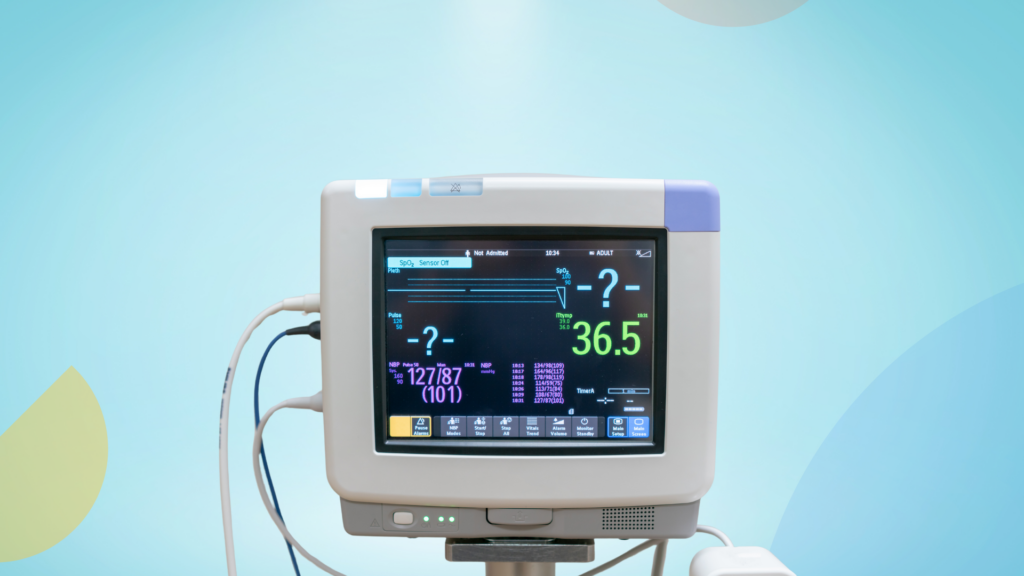One of the key concepts of TRIZ theory is the Ideal Final Result or IFR or simply an ideal solution. Before we move ahead, let me explain what is an Ideal Final Result as the three scenarios I’m going to discuss that help in closing the research and innovation divide depend on IFR.
What is an Ideal Final Result or IFR?
You take a problem and remove all strings attached and think as if all the conditions are in your favor by ignoring all the deficiencies that exist to visualize an ideal solution. The beauty of IFR is that it encourages innovative thinking and negates all the chances of your team selecting a sub-optimal solution.
The Ideal Final Result gives you a top-down approach than a bottom-up one. You arrive at your ideal solution first then track back to your existing solution. When you do this exercise, the gap that exists between your current solution and ideal solution represents the opportunity gap.

In addition to finding opportunity gap and seeing your ideal solution, you need to find ways to close them. Effective R&D collaboration is one of the ways to close the gap. Whereas to find opportunity gaps, you need to find areas ripe for innovation. The following scenarios will help you in that pursuit:
- Dissatisfied/uninterested customers that long for new features or changes in the product
- Customers are satisfied and there exists a possibility for low-end disruption by offering existing features in a product at a low cost
- Customers are confused regarding their satisfaction/interest level and you can introduce a new feature/product to exceed their expectations
Let’s discuss these scenarios with some real business examples so that it becomes easy for you to take these points home.
Scenario 1: Unsatisfied Customers Want a New Product/Feature
Gillette launched a new product in the Indian market – Gillette Mach 3, in 2004 with a value proportion, the closest shave ever in fewer strokes – with less irritation, which was a result of extensive research. The sales remained flat, however.
In 2009, Gillette ran Shave India Movement 2009′ campaign to create a debate around the topic of shaving. It also created Women Against Lazy Stubble (WALS) association where women influenced men to shave. This innovative marketing campaign led to an increase of 38% in sales.
Gillette, till then, was targeting men with high income and was ignoring 400 million low-income customers that were frustrated with current shaving blades and razors in the market. 400 million unhappy customers was a great growth opportunity for Gillette. Hence, Gillette focused on understanding this segment of customers.
The company realized that its existing products weren’t satisfying needs of the customer segment. Besides affordability, which was a primary assumption of Gillette for not being able to penetrate the segment, Gillette realized few other concerns like the ease of use, water consumption, shaving quality and safety.
After that, Gillette reinvented the R&D strategy that helped it cut manufacturing costs – to keep the price affordable and business model sustainable – while tailoring a product to its low-income Indian customers.
This resulted in Gillette launching a new product Gillette Guard which was a stripped down version of its Gillette Mach 3, a high-income version. Gillette Guard has total 4 components as compared to 25 in Mach 3. For example, the handle was made hollow so that production cost could be saved.
Guard quickly gained market share. By 2013, it represents two out of every three razors sold in India.
What Gillette did here is it followed the IFR methodology to develop the product. Rather than creating a razor and then assigning a price to it, it followed a reverse approach where it first started with what could be an ideal product for its consumer and then adjusted its manufacturing process to meet the target.
You can read more about it here: How to innovate by understanding your clients’ problems & challenges?
Scenario 2: A Low-End Disruption for Satisfied Customers
AMD is a recent example of such a company, which in just three months, shook up the high-end desktop (HEDT) space with its new Ryzen processors. AMD’s Ryzen Threadripper delivers nearly the same performance which Intel’s i9-7960X processors delivers however at 80% cheaper price. Further, AMD’s R&D budget is minuscule –$300 million – as compared to Intel – $2.9 billion.
Over a decade, Intel was an obvious choice for a CPU processor. Consumers didn’t ask whether they should go ahead with Intel or someone else rather they asked: which Intel processor should I go with. In 2017, for the first time, nearly in a decade, AMD made Intel respond – announced Core i9 with up to 18 cores.
“It’s not really a story of roadmaps and long-term planning or huge R&D budgets – it’s a lot more personal than that and stemmed from a skunkworks project and a small group of AMD employees who had a vision of a processor they’d really want in terms of a high-performance PC.”
~ Sarah Youngbauer of AMD’s communications team,
AMD’s revenue was up 18 percent in the Q1. Lisa Su, CEO AMD, accounted it to be largely driven by demand for Ryzen CPUs. Mindfactory.de, a German retailer, released charts comparing sales data of Intel and AMD after the release of Rizen. AMD’s sales increased from 35.6% in March 2017 to 54% in Aug in Germany.
Scenario 3: Confused Customers
On January 27, 2010, Steve Jobs revealed a device what public hadn’t seen anywhere before – the iPad. Despite the earlier criticism by industry giants, iPad became the fastest growing and most innovative product of the company.
During the press release, Steve mentioned a white space to be occupied between iPhones and Mac books. Wired mentions, audience’s guesses were limited to notebooks while Steve had envisioned something entirely different for them.
Macbooks offered powerful performance while iPhones offered high portability. In-between was the space for iPads, designed to offer both power and portability along with long-lasting battery and cheaper price than Macbook.
Notebooks were intended to replace laptops by offering similar capabilities at cheaper prices, which they failed at to a great extent. Notebooks were not powerful enough and had a poor battery. Laptops were good but bulky and expensive. On the other hand, mobile phones were too small to do the tasks that needed a bigger screen such as emailing and office work.
People were switching between laptops, notebooks, and smartphones and had not imagined another type of device that can fulfill all of their needs, and that’s why iPad suddenly became a perfect solution.
Apple’s innovative idea to squeeze a laptop’s performance and notebook’s portability and price into a single device turned out exceptionally well when later iPad’s sales overtook notebook’s market.
Another benefit that iPad had over anything else was, it needed no learning curve. Apple’s customers were already a part of the iOS ecosystem and iPad was just another member of the family. This made things a lot easier both for Apple and the users. Nobody had pictured tablets as a personal device before.
Later in 2012, tablet sales surged to more than 119 million devices with Apple having more than 60% share of the market. A product line that didn’t exist 3 years ago was and still is selling in millions of number.



